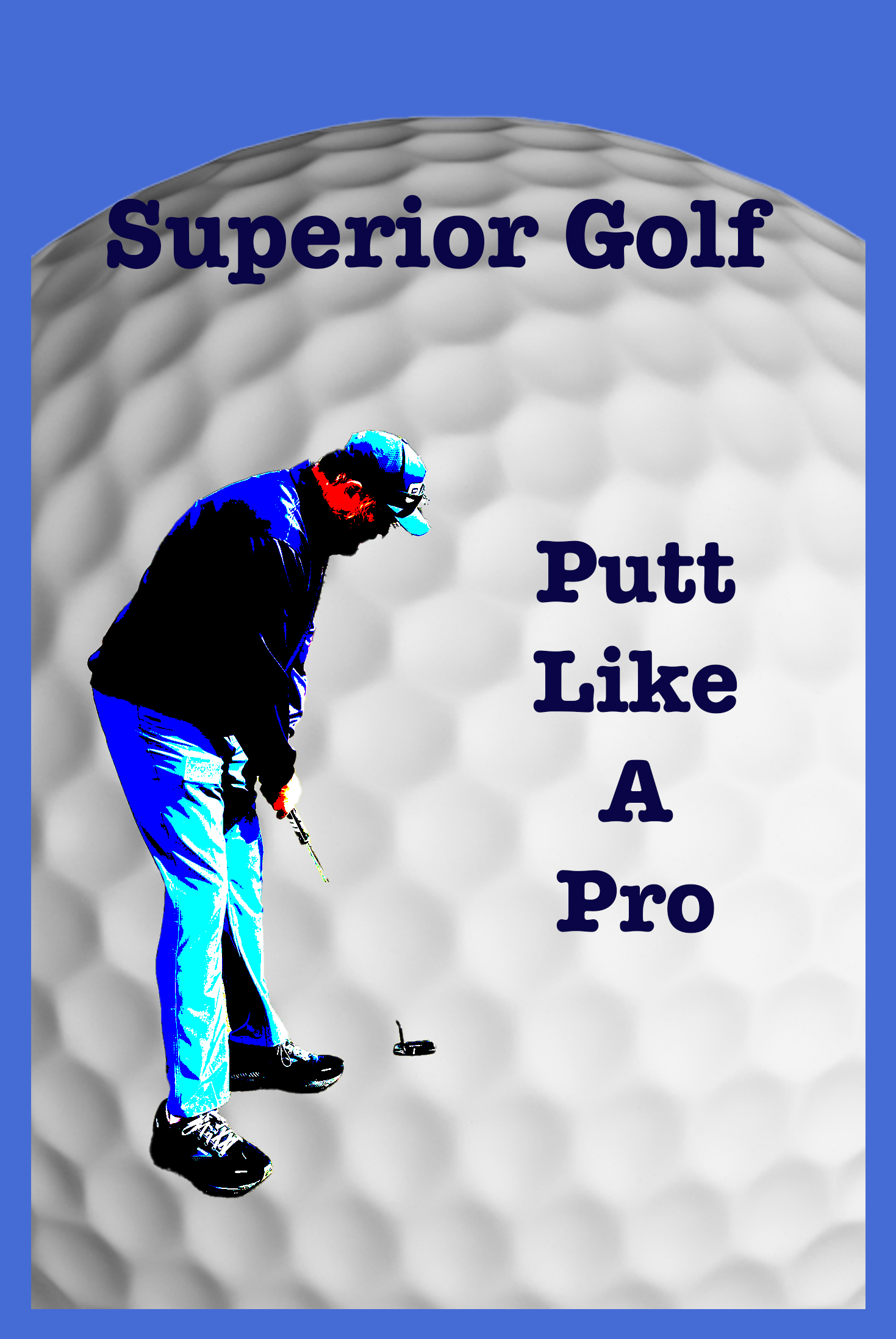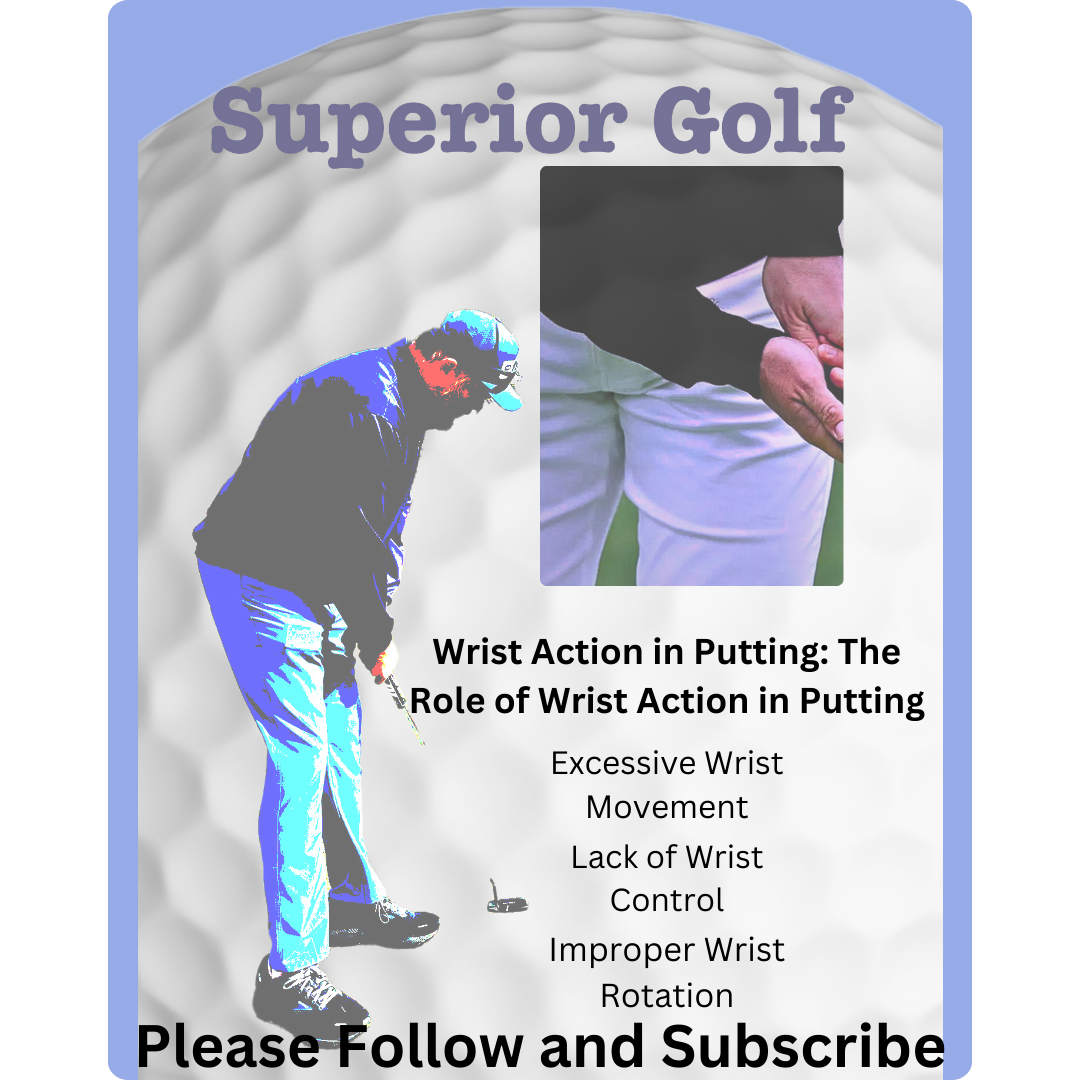Wrist Action in Putting: When you hold your putter, you start a precise control dance. It begins with your wrists. Thinking about all those near-misses made me see the truth. It’s not just arms and shoulders doing the work. The real game changer is the subtle wrist movements we often overlook. Studies of over 1,000,000 swings showed that correct wrist action improves consistency1. It turns out, wrist movements are crucial for pinpoint accuracy, despite advice to keep them still.
Let’s dive into how wrist movements impact your putt. Every flick and twist of your wrist influences the putter’s path and its angle. For example, extending your lead wrist adds loft, making the ball launch higher. Flexing it does the opposite, lowering the launch1. Then, there’s moving the putter face sideways, which changes how it aligns with the ball1. The aim is not to stop wrist motion but to control it, mimicking pros who open and close the putter face smoothly for consistent shots1.
Looking at pro players, their wrist extension slightly increases in the backstroke, ensuring a steady shot1. Having controlled wrist movements is vital. Devices like HackMotion track wrist movement, offering insights to refine your technique1. Imagine hitting every putt with the confidence that comes from knowing your wrist’s every move. This isn’t about luck. It’s about using science and practice to nail your putts every time.
Key Takeaways
- Every golfer experiences wrist movement in their putting strokes2.
- Lead wrist extension or flexion changes the loft and launch angle of the putter face1.
- Radial and ulnar deviations adjust the putter face relative to the shaft plane1..
- Professional golfers maintain consistent wrist movement to achieve accuracy1.
- Consistent wrist motion and stability are more effective for precision putting1.
- Using tools like HackMotion can help meticulously monitor and improve wrist control1.
Understanding Wrist Movements in the Putting Stroke
To master putting, getting the wrist movements right is key. Let’s dive into the main wrist actions: extension, flexion, radial deviation, and rotation.
Extension and Flexion
Extension and flexion help adjust the putter’s launch angle. Lead wrist extension, or cupping, ups loft, and flexion, or bowing, lowers it1. On the flip side, trail wrist flexion adds loft, while extension reduces it1. Being consistent in these moves is crucial, as HackMotion’s analysis of over a million swings shows1.
Radial Deviation
Radial deviation can mess up putter alignment, leading to inconsistent hits1. Ulnar deviation, however, stabilizes the wrist, limiting motion and variables3. Too much wrist movement changes the shaft angle, making accurate putts harder3. Keeping proper shaft angles throughout is key for consistency3.
Rotation
Wrist rotation is key for the right putter face angle at impact. Pro golfers have consistent wrist rotation patterns, essential for a steady stroke1. Using HackMotion for analysis and biofeedback helps lessen unneeded wrist movement, boosting accuracy2. Even small angle changes can greatly affect your putting, so learning proper rotation is crucial2.
Knowing these wrist movements—extension, flexion, radial deviation, and rotation—helps improve your putting technique. HackMotion tools offer baseline stats and consistency tracking, enhancing wrist tactics and putting outcomes1.
Common Mistakes Golfers Make with Wrist Action in Putting
Many golfers find it hard to get their wrist movement right when putting. Too much wrist action is a big problem. It makes your putt strokes vary too much, making it hard to keep a steady line and distance. Studies of over 1,000,000 swings and putting strokes have shown that pros control their wrist action well for more accurate putts1.
Excessive Wrist Movement
Too much wrist movement is a frequent issue. It leads to too much wrist bending in the backstroke, unlike the minimal increase seen in pros1. This mistake changes the direction and angle of the putt. Trying to control your wrist movement like pro golfers can really improve your game4.
Lack of Wrist Control
On the other hand, trying to keep your wrists too still is not good either. Not controlling your wrists right messes up where the ball starts off, affecting aim and loft. Pros achieve better accuracy and control by keeping their wrist motions consistent1. Gadgets like the HackMotion wrist sensor offer helpful feedback for better wrist control from start to finish1.
Improper Wrist Rotation
Bad wrist rotation also affects your putting. The clubface must open and close at just the right time. Pros manage to keep their rotation very consistent1. Tools like SAM Puttlab and Advanced Motion Measurement’s 3D system give great insights. With the right practice, you’ll improve your putting line and control1.

